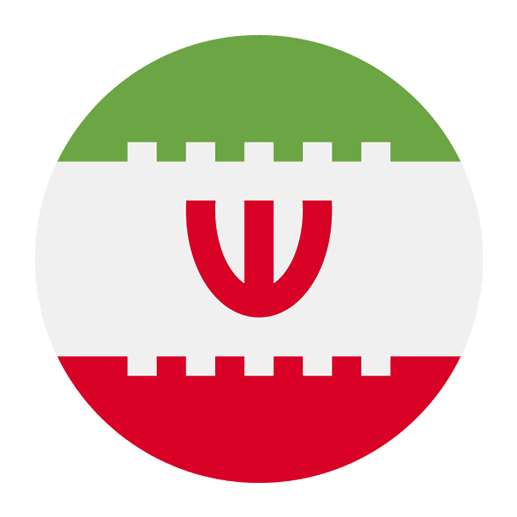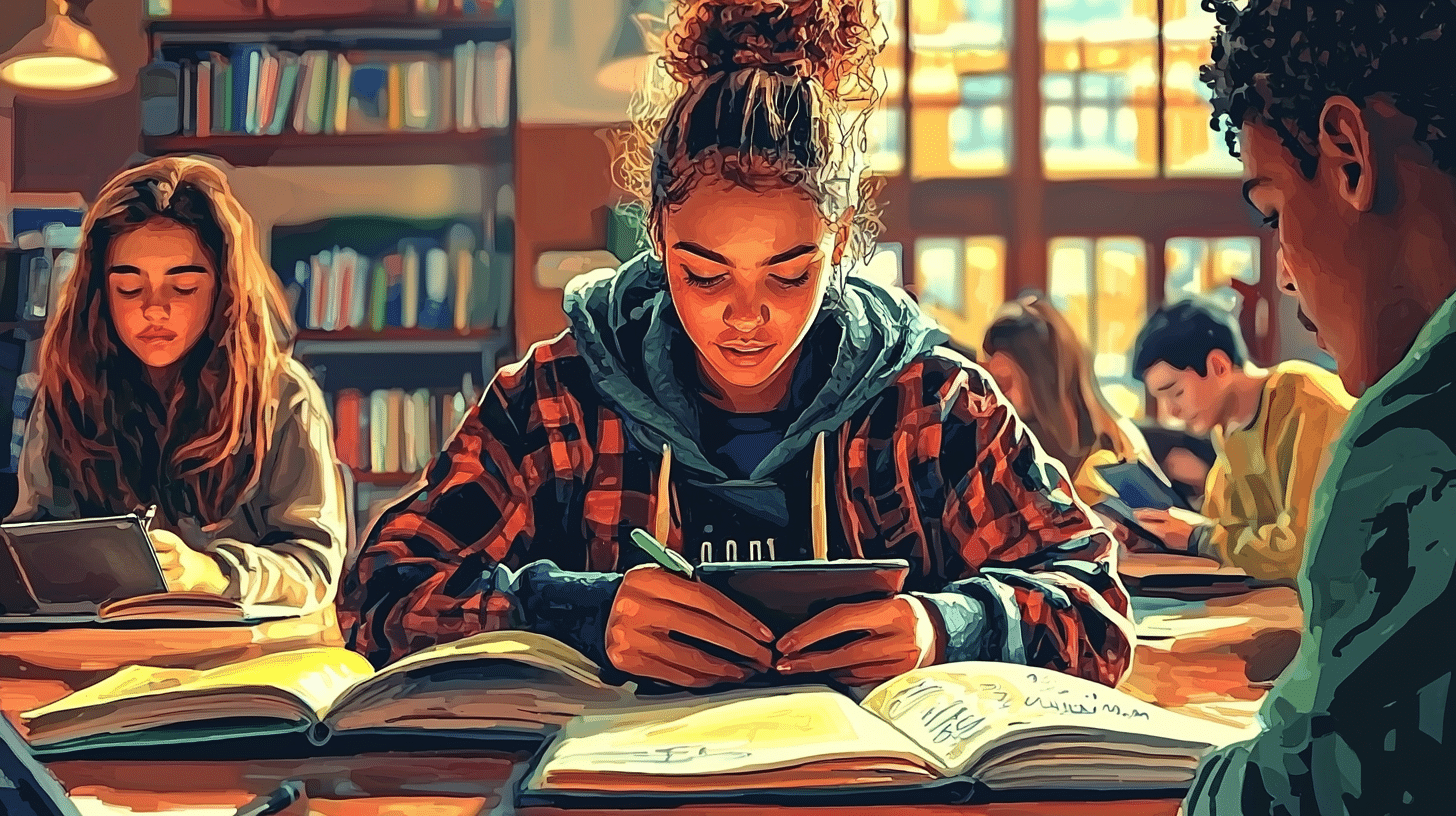The Persian language, also known as Farsi, is a treasure trove of cultural, historical, and social nuances. As with any language, Persian reflects the intricacies of the society it belongs to, capturing the evolution of values, norms, and collective identity over time. By examining how Persian has adapted and transformed, we can gain deep insights into the social changes that have shaped Iranian society.
Historical Context of the Persian Language
The Persian language boasts a rich history that spans over two millennia. Originating in the Achaemenid Empire (550-330 BCE), Old Persian was inscribed in cuneiform and used primarily for monumental inscriptions. The language evolved into Middle Persian or Pahlavi during the Sassanian Empire (224-651 CE), becoming the administrative and cultural lingua franca.
The Islamic conquest of Persia in the 7th century marked the beginning of the New Persian era, characterized by the adoption of the Arabic script and significant lexical borrowing from Arabic. This period also saw the emergence of Persian as a literary language, with luminaries such as Rumi, Hafez, and Ferdowsi contributing to its rich poetic tradition.
Language and Identity
Language is a powerful marker of identity, and Persian is no exception. The use of Persian has been a source of national pride and cultural continuity for Iranians, particularly in the face of foreign invasions and cultural influences. The preservation of Persian literature, especially the epic poem “Shahnameh” by Ferdowsi, has played a crucial role in maintaining a sense of Iranian identity.
In modern times, the Persian language continues to be a symbol of national unity, even as it incorporates elements from other languages. The infusion of Western terms, especially in science and technology, reflects Iran’s engagement with global developments while maintaining its linguistic heritage.
Gender and Language
The Persian language offers a fascinating lens through which to examine gender dynamics in Iranian society. Traditionally, Persian was a gender-neutral language, lacking grammatical gender distinctions found in many Indo-European languages. However, social constructs of gender have been reflected in the language through honorifics, titles, and pronouns.
The modern feminist movement in Iran has led to a re-examination of language use, particularly in terms of gender inclusivity. Activists and scholars advocate for the use of gender-neutral terms and challenge the patriarchal language that reinforces traditional gender roles. For instance, the term “zan-e khaneh” (housewife) is increasingly being replaced by “khanedar” (homemaker) to emphasize the value of domestic work irrespective of gender.
Language and Social Hierarchies
Persian has long been a language of courtly sophistication, and its use has historically been associated with social stratification. The refined speech and poetry of the elite contrasted with the vernacular of the common people. This linguistic divide was not just a matter of vocabulary but also of syntax and pronunciation.
In contemporary Iran, language continues to reflect social hierarchies, albeit in different ways. The use of formal versus informal speech, honorifics, and titles signals social status and respect. For example, the use of “Shoma” (formal ‘you’) versus “To” (informal ‘you’) can indicate the level of familiarity and respect between speakers.
Moreover, regional dialects and accents carry social connotations. The Tehran accent, for instance, is often considered prestigious, while provincial accents may be stigmatized. This linguistic prestige is tied to socio-economic factors, as the capital city of Tehran is a hub of political and economic power.
Language and Political Change
Political upheavals and revolutions have left indelible marks on the Persian language. The 1979 Islamic Revolution, for example, brought about significant changes in official terminology and public discourse. Words and phrases associated with the Pahlavi monarchy were replaced with Islamic terminology, reflecting the new political and ideological landscape.
The revolution also led to the creation of new lexical items to describe the socio-political changes. Terms like “Esteqlal” (independence), “Azadi” (freedom), and “Jomhuri Eslami” (Islamic Republic) became part of everyday language, symbolizing the aspirations of the revolutionary movement.
In recent years, the internet and social media have become arenas for political expression, and the Persian language has adapted accordingly. New slang, abbreviations, and hashtags reflect the dynamic nature of political discourse, allowing Iranians to navigate censorship and express dissent.
Language and Technology
The advent of technology has profoundly impacted the Persian language, introducing new vocabulary and changing communication practices. The incorporation of technological terms, often borrowed from English, reflects Iran’s participation in the global digital landscape. Words like “internet,” “computer,” and “software” have become part of the Persian lexicon, often with slight phonetic modifications.
Text messaging and social media have also influenced Persian syntax and vocabulary. The use of abbreviations, emojis, and internet slang is common among younger generations, creating a linguistic divide between them and older speakers. This phenomenon is not unique to Persian but highlights the adaptability of language in the face of technological change.
The digital age has also facilitated the preservation and dissemination of Persian literature and culture. Online platforms and digital archives make Persian literary works more accessible, ensuring that the language’s rich heritage continues to thrive in the modern world.
Language and Globalization
Globalization has brought Persian into contact with a myriad of languages and cultures, leading to a fascinating exchange of linguistic elements. English, in particular, has had a significant influence on Persian, especially in fields such as science, technology, and business. Loanwords from English are often adapted to fit Persian phonological and morphological patterns, resulting in hybrid terms that enrich the language.
Conversely, Persian has also made its mark on global culture. Persian literature, cinema, and cuisine have gained international recognition, introducing Persian words and expressions to a global audience. This cultural exchange highlights the dynamic nature of language and its ability to transcend borders.
Moreover, the Persian diaspora has played a crucial role in the globalization of the language. Iranian communities around the world maintain their linguistic and cultural heritage, creating a transnational Persian-speaking network. This diasporic influence enriches the Persian language, incorporating diverse linguistic and cultural elements from host countries.
Language and Education
Education has been a key driver of linguistic change in Iran. The establishment of modern educational institutions in the late 19th and early 20th centuries introduced standardized Persian, promoting linguistic uniformity across the country. This standardization was crucial in creating a cohesive national identity and facilitating communication in a diverse society.
However, education has also highlighted linguistic diversity within Iran. Regional languages and dialects, such as Kurdish, Azeri, and Balochi, coexist with Persian, each contributing to the nation’s linguistic mosaic. The Iranian education system faces the challenge of balancing the promotion of Persian as the national language with the preservation of linguistic diversity.
In recent years, there has been growing advocacy for bilingual education, recognizing the importance of mother tongue instruction alongside Persian. This approach aims to enhance cognitive development and cultural pride among students, fostering a more inclusive and multilingual society.
Language and Migration
Migration, both internal and external, has influenced the Persian language in profound ways. Internal migration, particularly rural-to-urban movement, has led to the mixing of regional dialects and the emergence of urban vernaculars. Tehran, as the epicenter of this linguistic convergence, showcases a blend of diverse linguistic influences.
External migration, driven by political upheavals and economic opportunities, has created Persian-speaking communities around the world. These diasporic communities maintain their linguistic heritage while adapting to new linguistic environments. The result is a dynamic interplay between Persian and host languages, leading to the creation of hybrid linguistic forms.
The Persian diaspora also contributes to the global spread of the language. Persian language schools, cultural centers, and media outlets in countries with significant Iranian populations ensure the continuity of Persian language and culture across generations.
Language and Media
The media plays a pivotal role in shaping and reflecting linguistic trends. In Iran, state-controlled media has historically influenced language use, promoting standardized Persian and disseminating official terminology. However, the rise of independent and digital media has introduced new linguistic dynamics.
Social media platforms, in particular, have democratized language use, allowing individuals to express themselves in diverse and creative ways. The use of colloquial language, slang, and internet jargon on platforms like Twitter and Instagram reflects the informal and spontaneous nature of online communication.
Moreover, Persian-language media produced outside Iran, such as satellite TV channels and online news platforms, offers alternative linguistic and cultural perspectives. These media outlets often use a more relaxed and conversational style, appealing to younger and diasporic audiences.
Language and Literature
Persian literature has been a cornerstone of Iranian culture, shaping and reflecting societal values and changes. Classical Persian poetry, with its intricate metaphors and allegories, has long been a medium for exploring philosophical and ethical questions. The works of poets like Rumi, Hafez, and Saadi continue to resonate with contemporary audiences, offering timeless insights into the human condition.
Modern Persian literature, emerging in the 19th and 20th centuries, reflects the social and political transformations of the time. Novelists and poets grappled with themes such as modernization, nationalism, and social justice, using language as a tool for critique and expression.
Contemporary Persian literature continues to evolve, addressing issues such as gender equality, migration, and identity. The use of diverse linguistic styles and narrative techniques reflects the complexity of modern Iranian society, offering readers a window into the lived experiences of its people.
Conclusion
The Persian language is a living testament to the social changes that have shaped Iranian society over millennia. From its ancient roots to its modern manifestations, Persian reflects the dynamic interplay of history, culture, and identity. By examining the ways in which Persian has adapted and evolved, we gain valuable insights into the social transformations that continue to influence Iran and its people.
Language is not just a means of communication; it is a mirror of society. The Persian language, with its rich heritage and adaptability, exemplifies the resilience and creativity of the Iranian people. As we continue to study and celebrate this beautiful language, we honor the enduring legacy of Persian culture and its contributions to the global tapestry of human expression.

